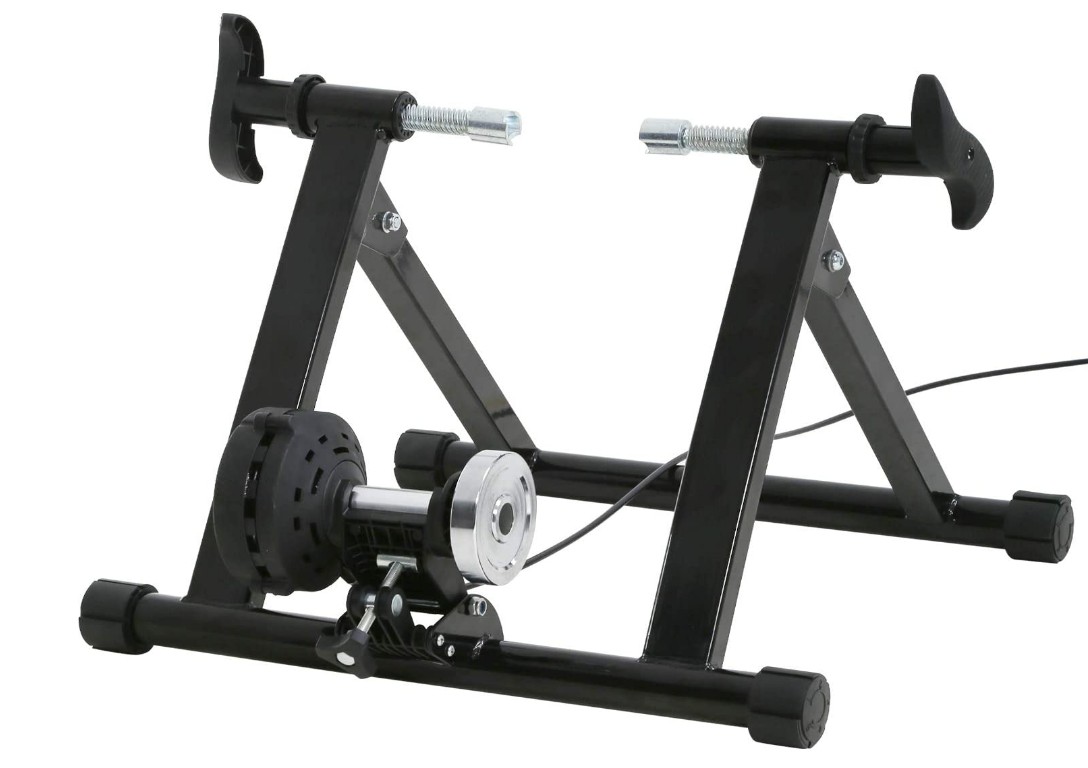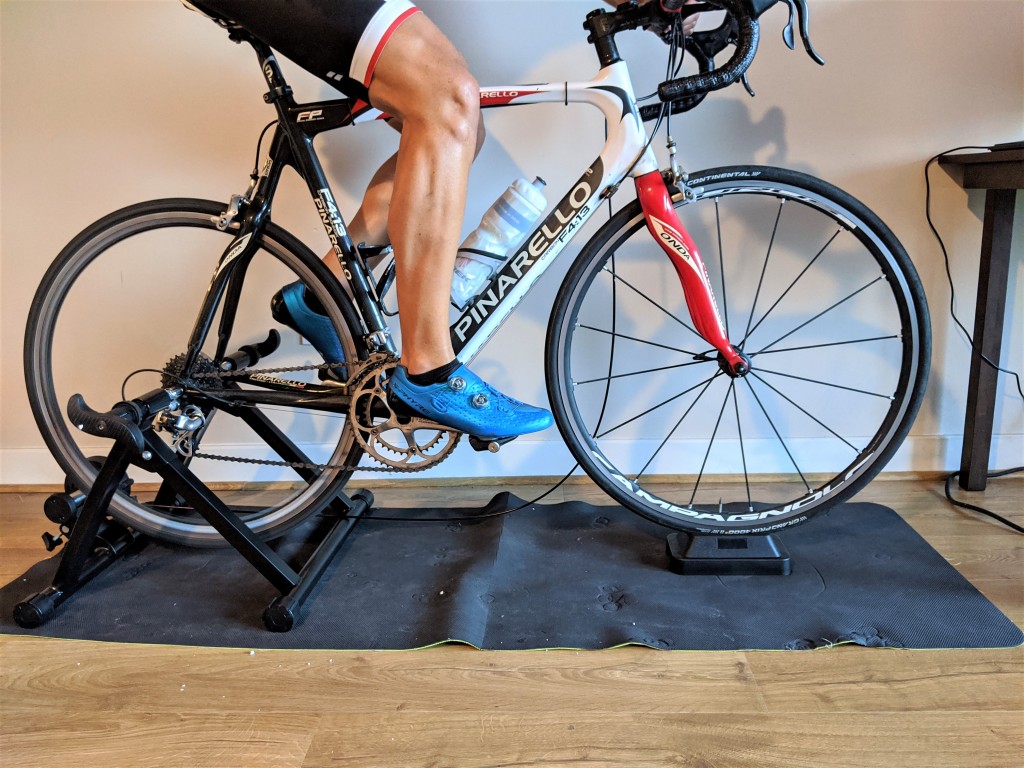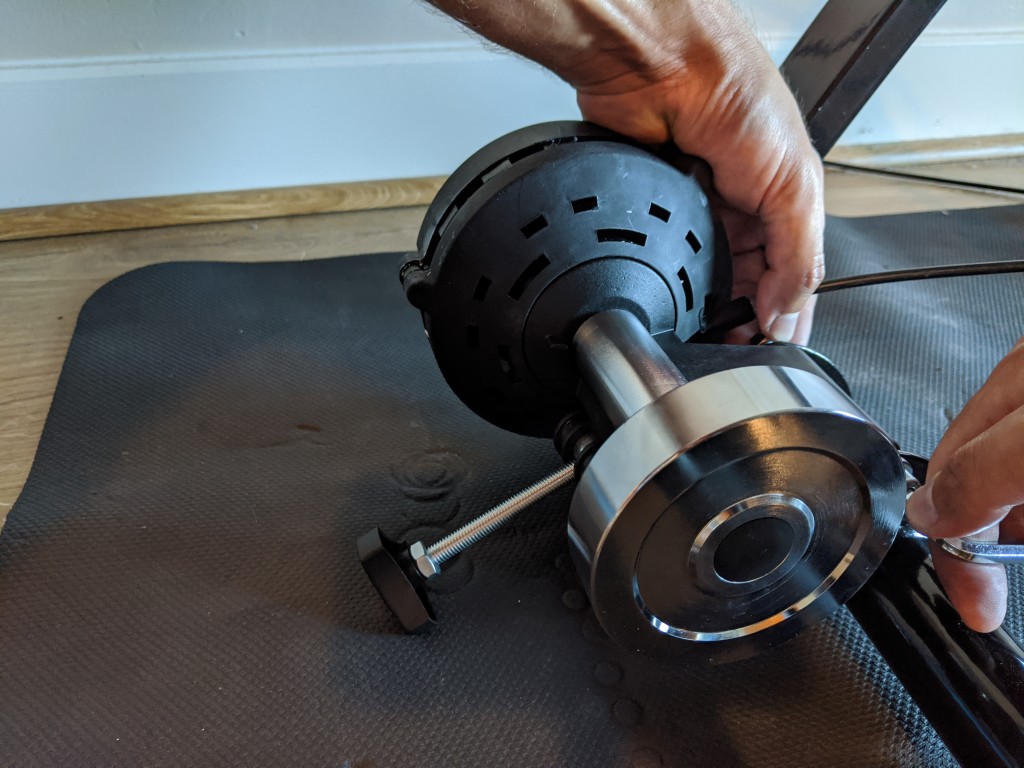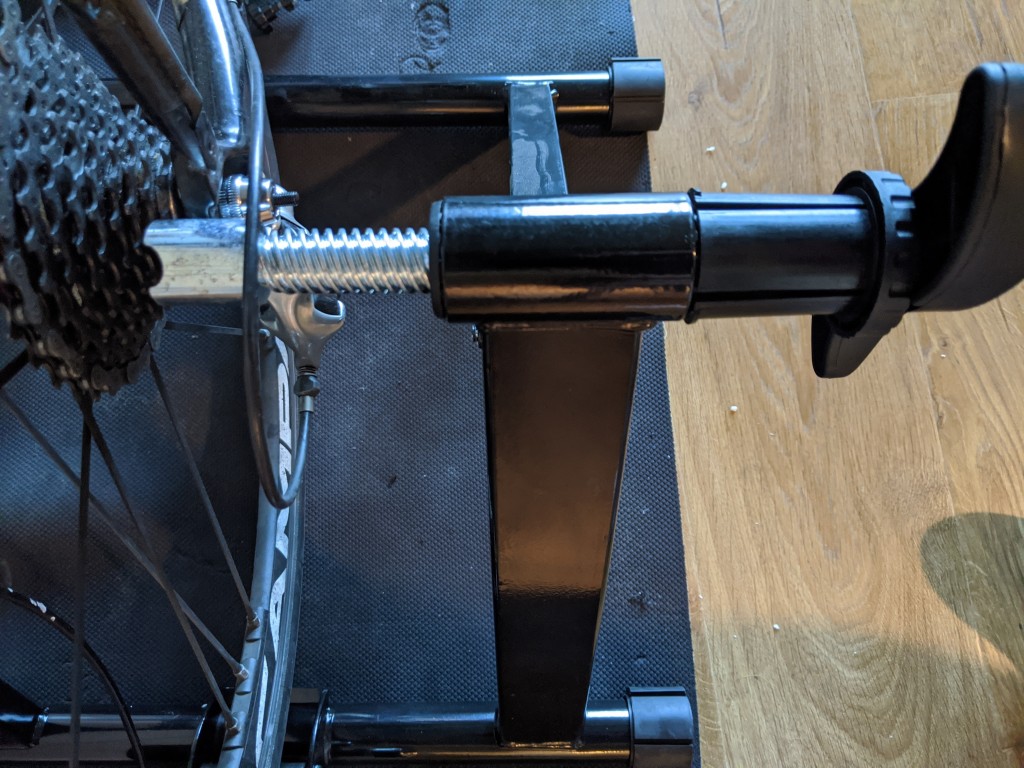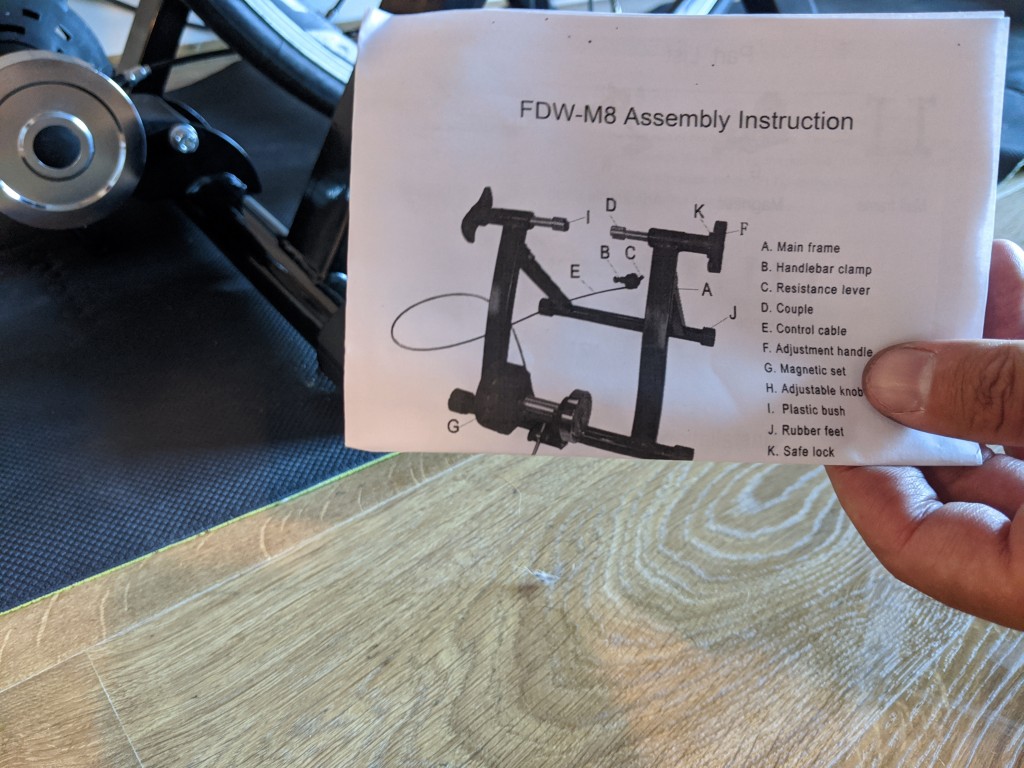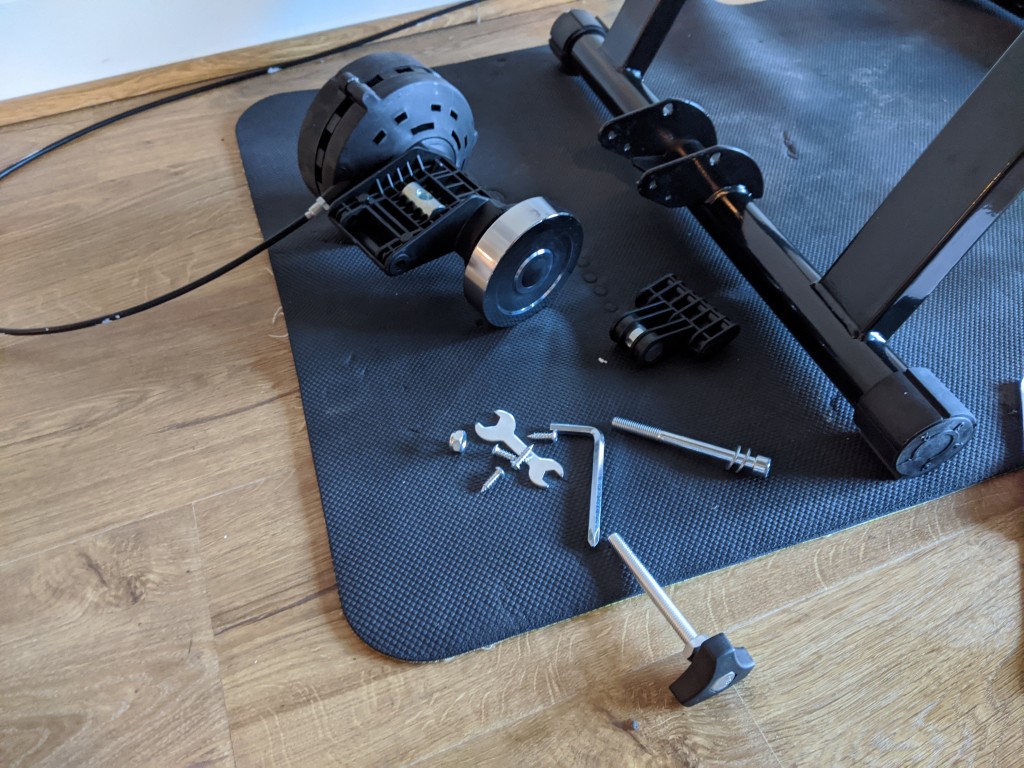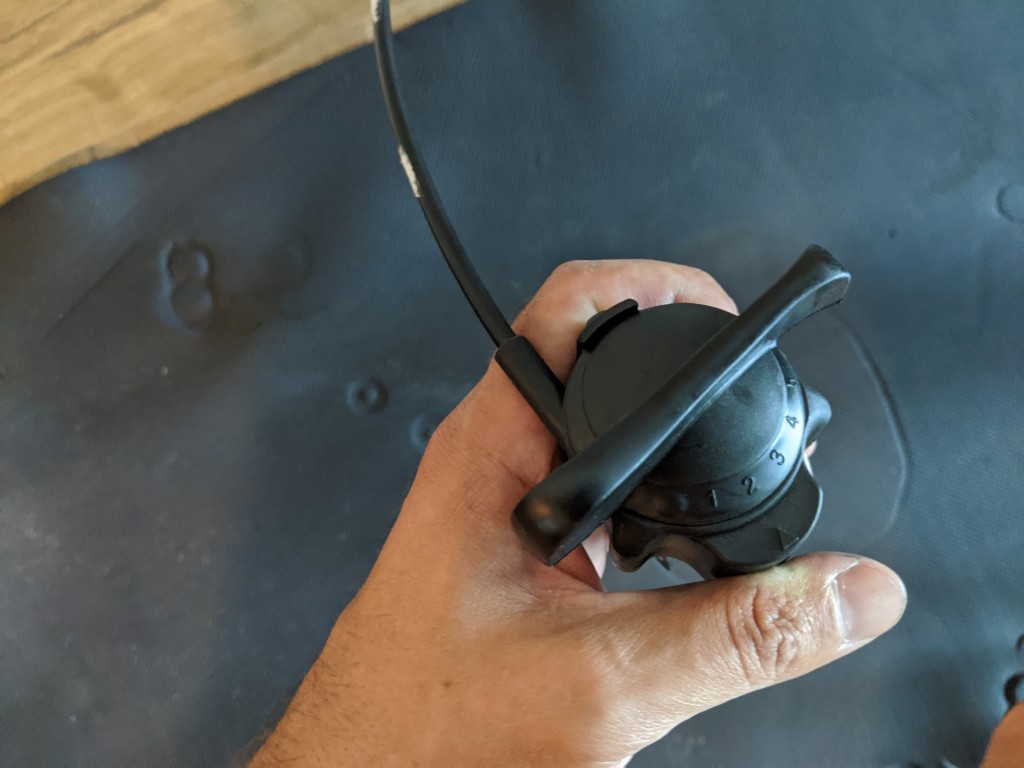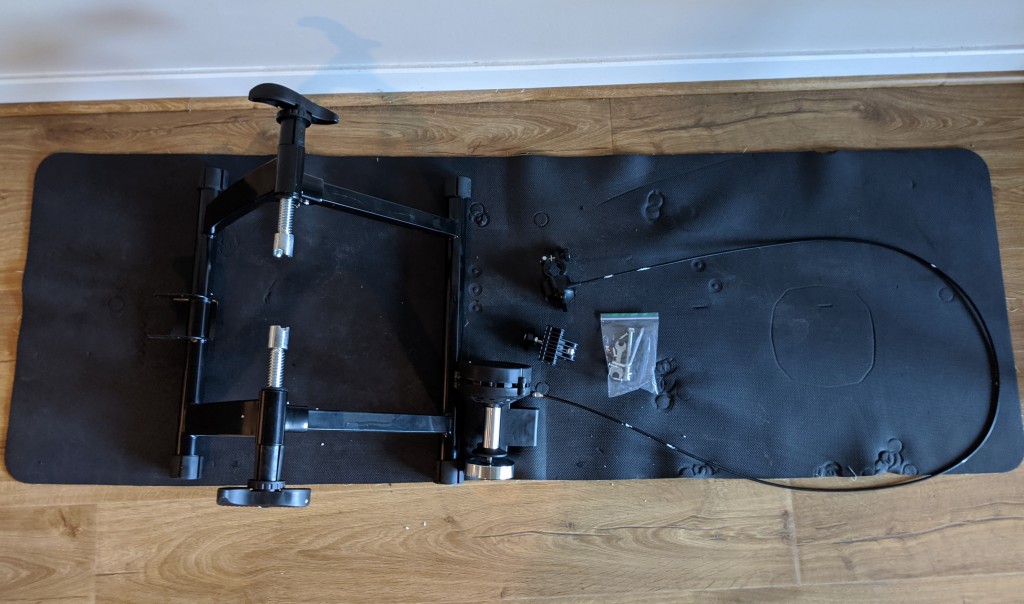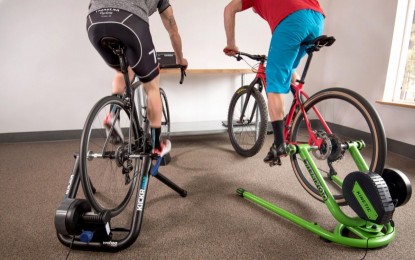FDW Bike Trainer Review
Our Verdict
Our Analysis and Test Results
When we test bike trainers we do our best to eke out every detail about performance and expectations, then try to exploit or break those points. We keep an eye on the right users as well. That's especially important for trainers like the FDW, where the machine has no hope to compete with the high-end bike trainers, but it should meet the needs of many riders who wouldn't need or want all the offerings of the upper range. Indeed, this trainer is best suited to riders looking to get their legs spinning for minimal cost.
Performance Comparison
Connectivity and Power Accuracy
The FDW is relatively simple for this measure. Understandably, it won't rank up anywhere near the high-end trainers. That said, we were pretty unimpressed with its performance here. We couldn't find any power curve information on it to get a good baseline for comparisons to test against our power meter and across trainers in our lineup. Even so, with its shifter, the magnetic resistance unit left a lot of wanting. Despite the extra weight, a basic fluid trainer probably would have done better here.
Road Feel
Tire drive trainers tend to feel less realistic than direct drive trainers anyway, but magnetic resistance units also tend to have a less natural push-pull feel. The physics are different for magnets, and they're not as excellent of an approximation as fluid (or electronic/controllable-smart, of course). The FDW is no exception here. It has a too-smooth feel that you can easily spin out against. You don't feel the inertia of the road; you feel either very limited resistance at the lower resistance level or too much at, the higher level as you manually adjust the resistance up or down. As we say for this trainer, “any port in a storm,” it will certainly get you on the bike and spinning inside without hurting your bank account, but it's basic.
Design
Design is an area where we have some qualms. One qualm, really. It's in the fastener that locks the rear axle in place. A grooved plastic sleeve helps the bolt tighten and lock. The FDW's sleeve and bolt don't fit together very well, so getting the bolt to lock was a huge pain. But for the mission of bringing this review to you, we would have packed that baby up and sent it right back.
Otherwise, the design is pretty streamlined. The resistance unit is fairly basic, using magnets to give you eight resistance levels. You don't get the same smooth, gradual feel you might get with a fluid unit, but it's nice to be able to control the resistance if you want.
Setup
A major selling point of the FDW is that it's effortless to set up and doesn't take much time. It's not exactly plug-and-play, but it's not far off. Instructions for assembly are included, and so are the tools to get you there.
The hardest part is getting the bolt into the resistance unit, but a little frustrated jiggling and teeth clenching should do the trick. It's unavoidable with tight fits like this, and you get that for most tire drive trainers where you're assembling the resistance units.
Once you have everything in its proper place, all of your bolts, screws, and knobs, you're ready to throw the new skewer with the rounded acorn nuts on the bike and get the axle locked in. Here's the area where we had the biggest complaint about the model because the FDW's plastic locking shaft split and wouldn't tighten down until we did a lot of serious man-handling and improvising. Eventually, we got it to tighten down and hold the frame upright.
From there, you only need to tighten the resistance unit up against your rear tire so that there's just enough tension that your tire doesn't slip when you give it a little gas. Once you've done that, grab the cable with the shifter and attach it to your handlebars, and you are ready to go.
Portability
Portability is the primary area where this trainer excels. It's easy to pack up and put away when not in use. It folds into a small footprint so you can stash it in the corner, closet (don't forget about it in there!), under your bed, or even in a suitcase for travel. If your Tetris-packing game isn't top-level, you can remove and store the resistance unit separately from the base.
Should You Buy the FDW?
If your goal is just to set up an at-home training gym and you want to spin your legs with a bike you already own, the FDW might fit your needs. However, if your goal is to train seriously or improve your skills or endurance, we think there are much better options to consider. However, if budget is a concern or you want something that works, it is serviceable but can't come near the performance of higher-priced options.
What Other Bike Trainer Should You Consider?
No matter your goals, we suspect almost any trainer in this review would be a better fit than the FDW. If your wallet is limited, we like the Saris Mag+ and feel it offers more bang for the buck than the FDW. We would also recommend the Wahoo Fitness Kickr Core, which is more expensive with high-performing features. While many times the price, we think what it provides is worth the added expense.


